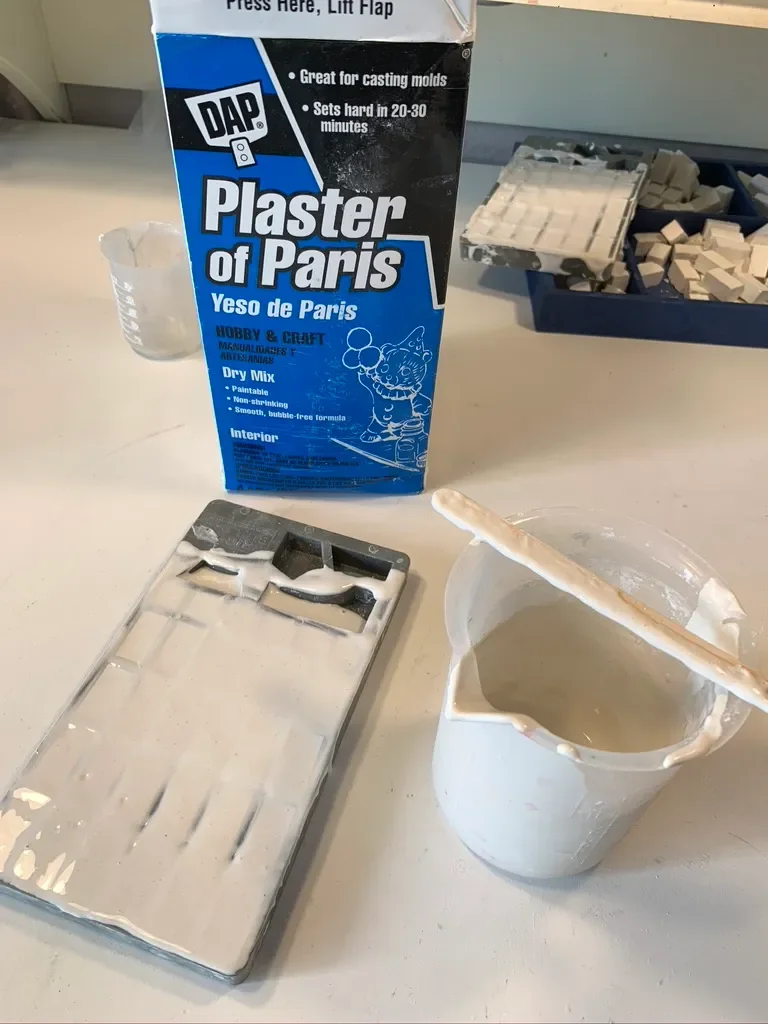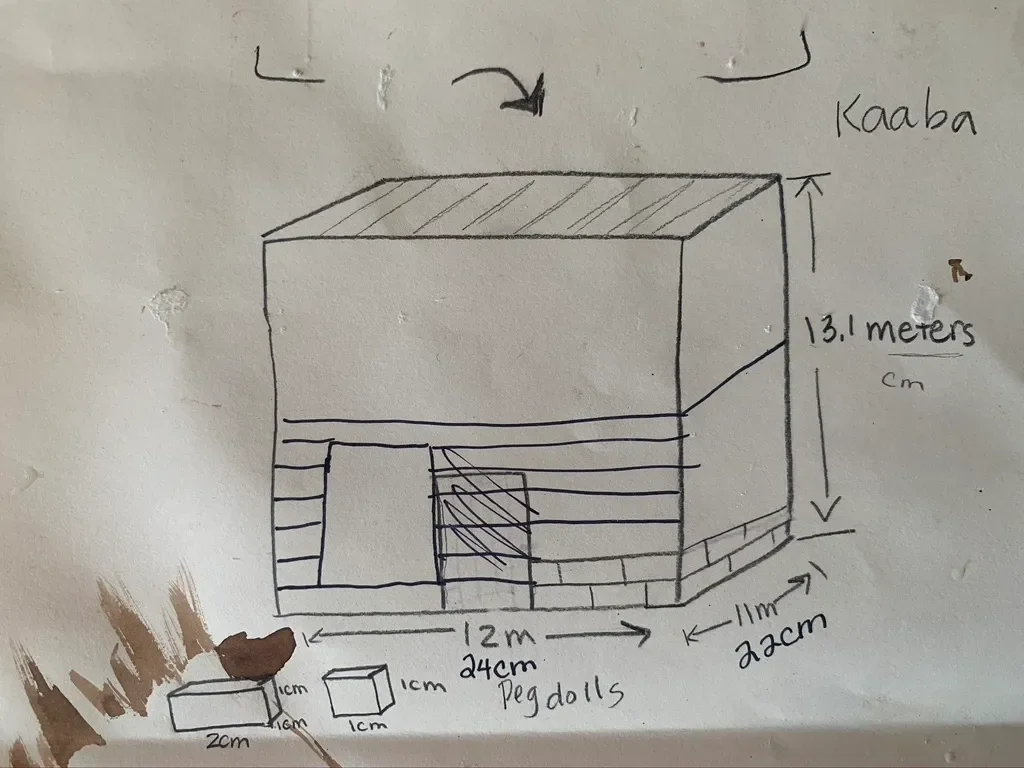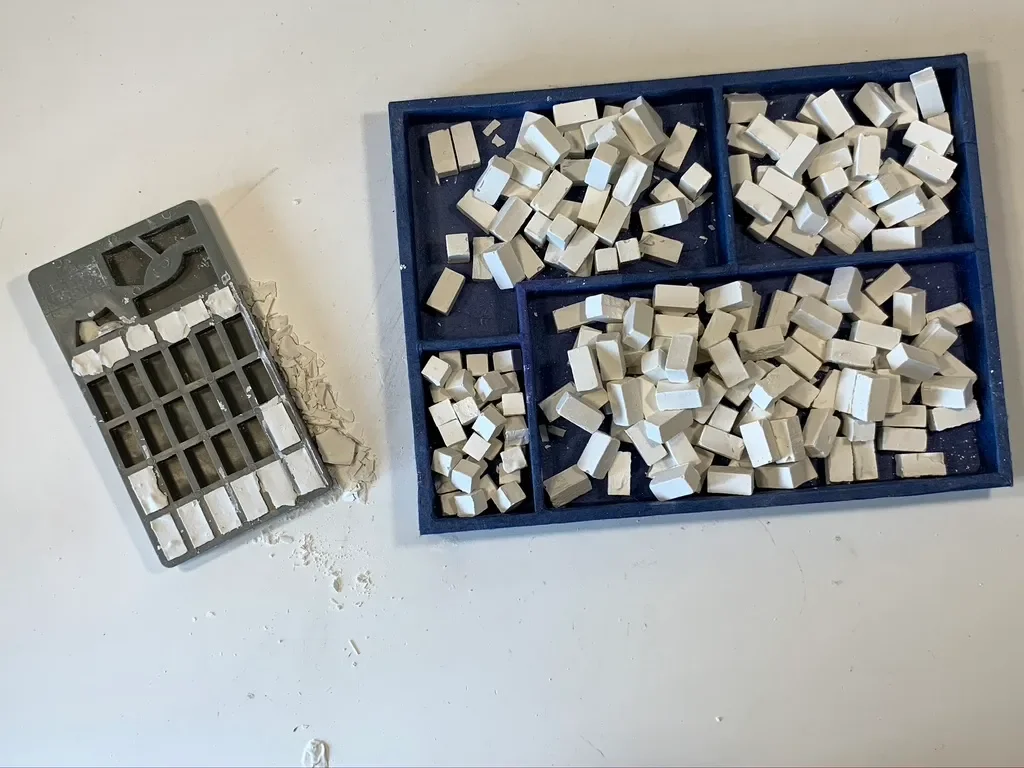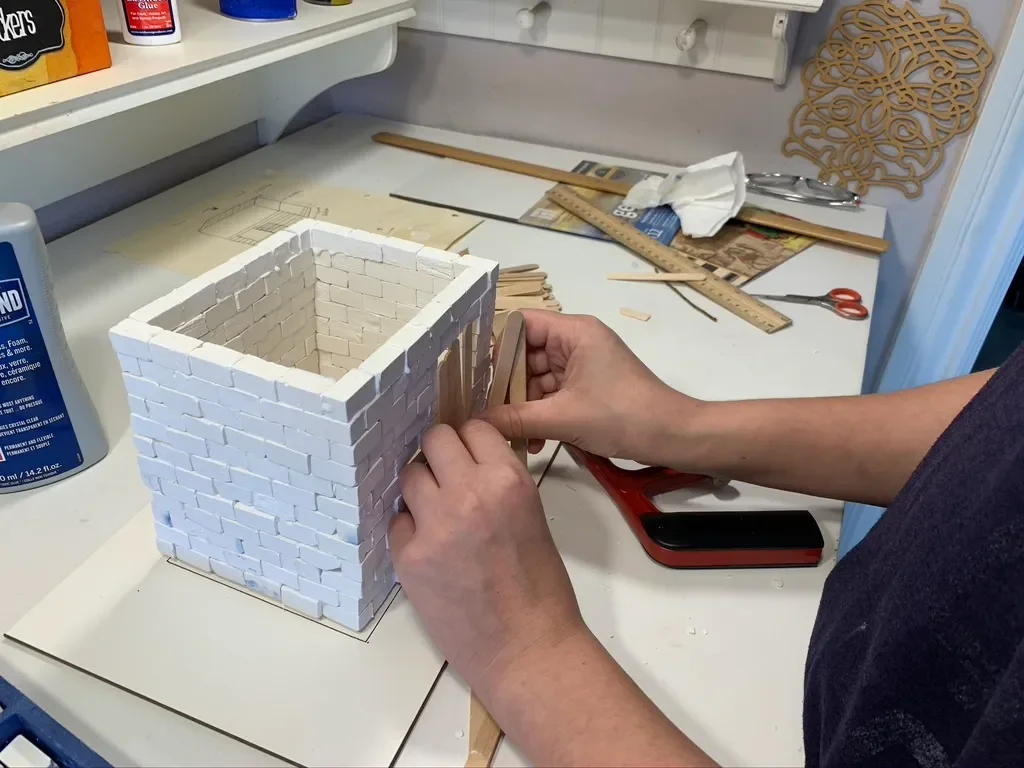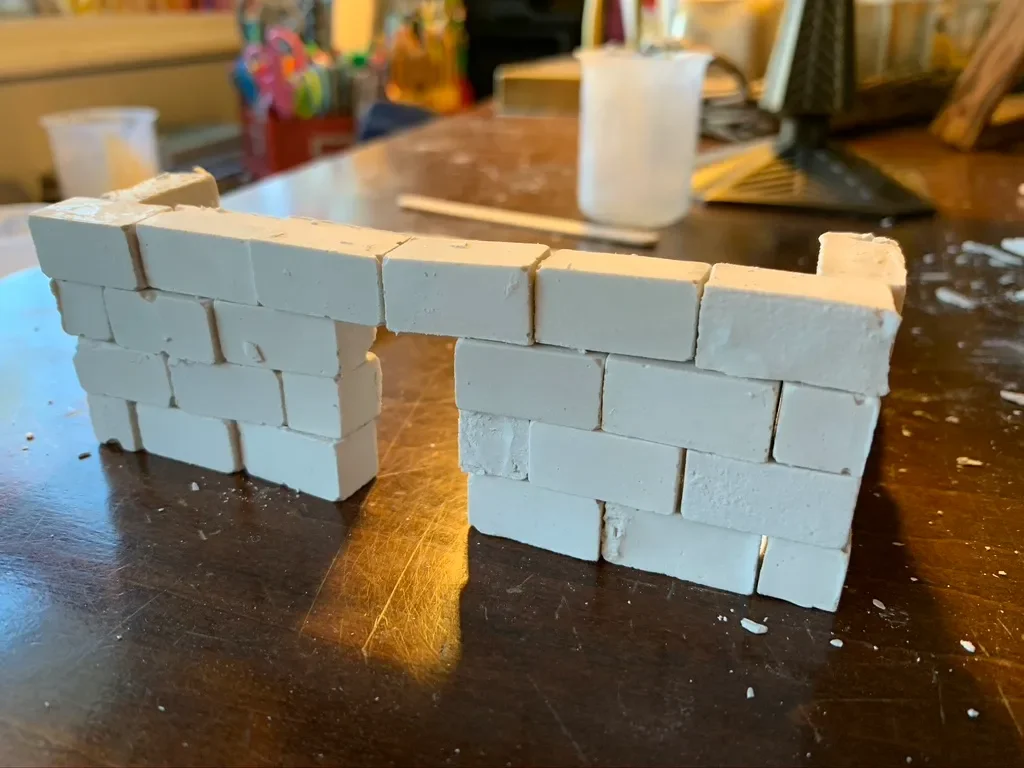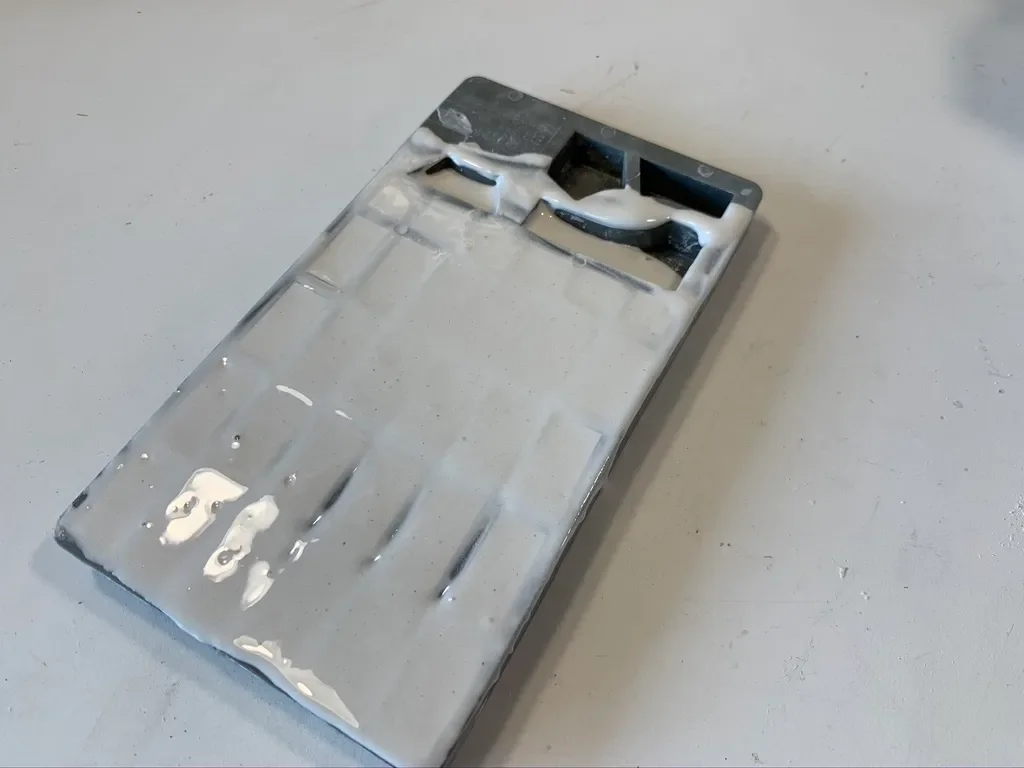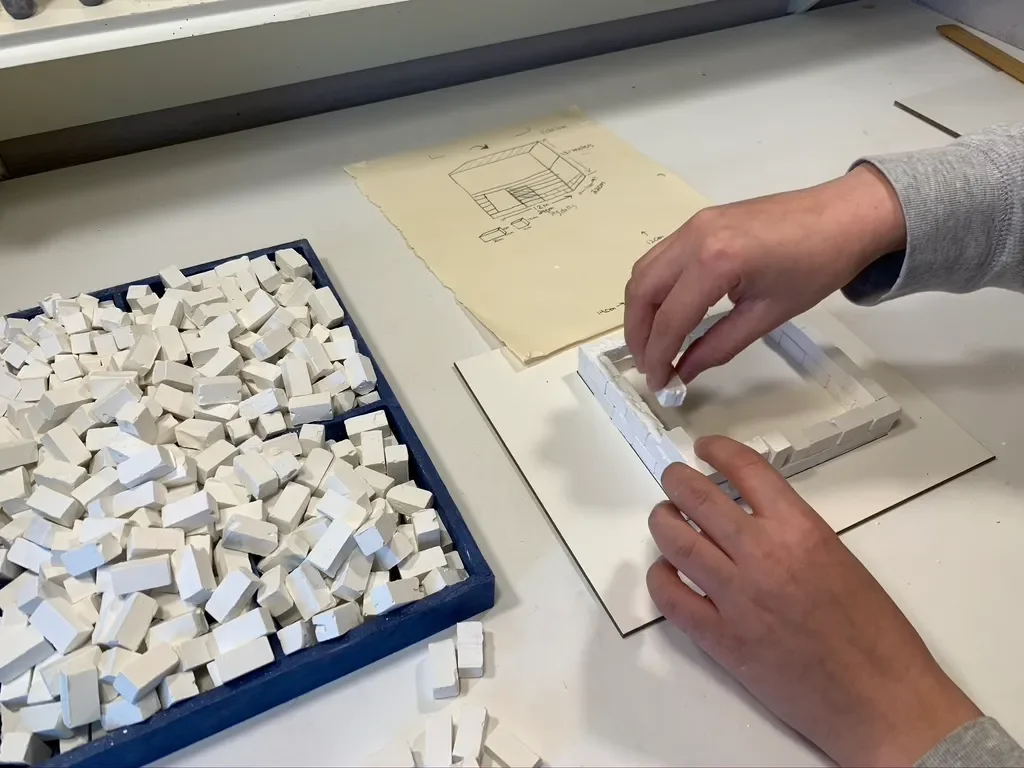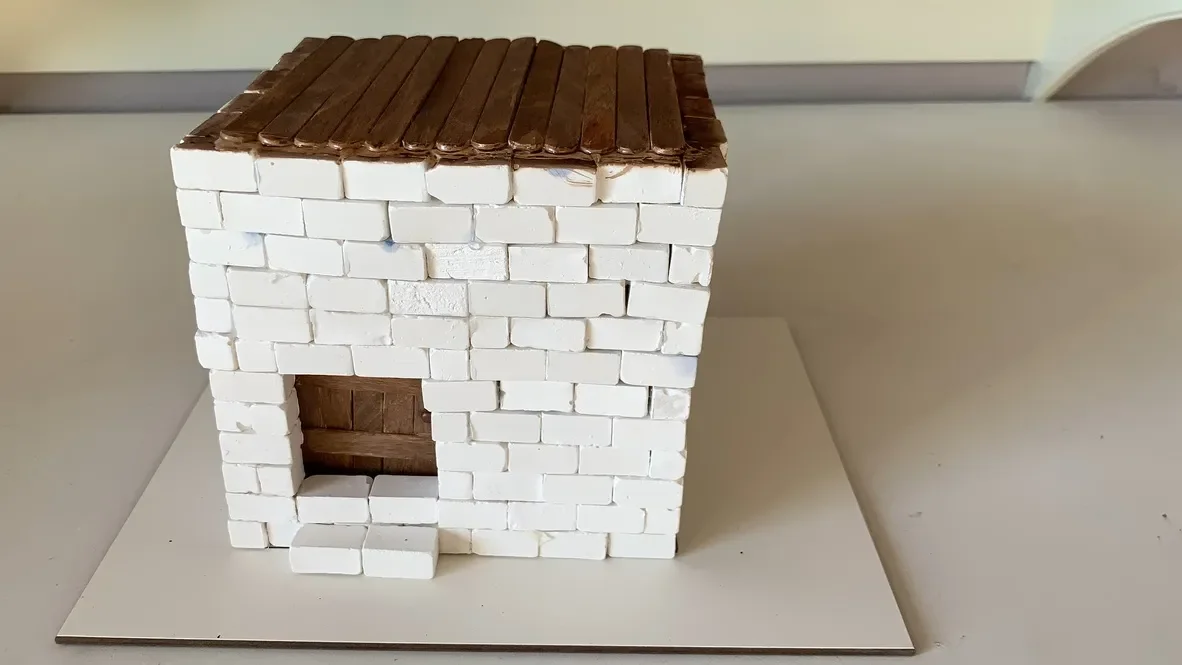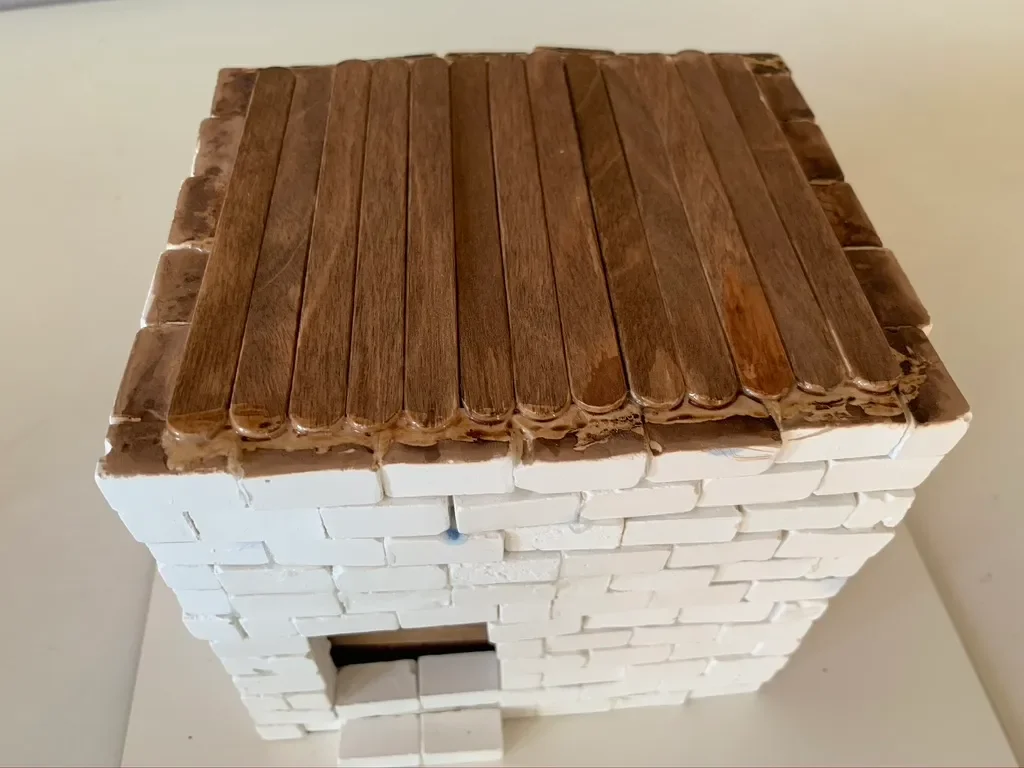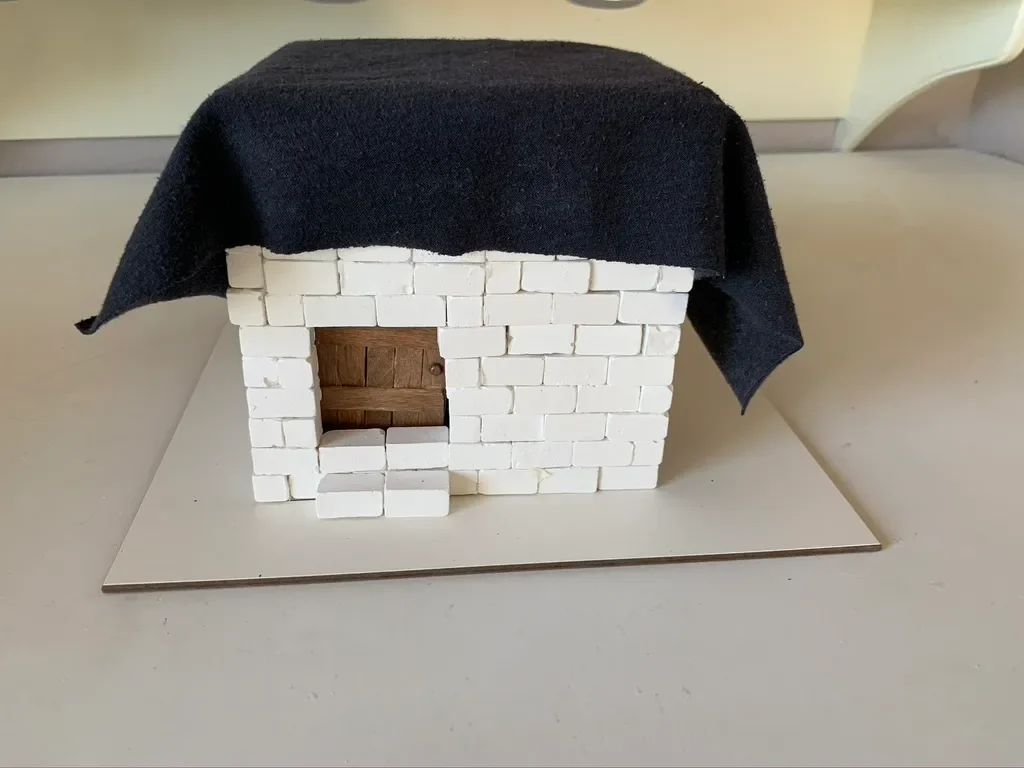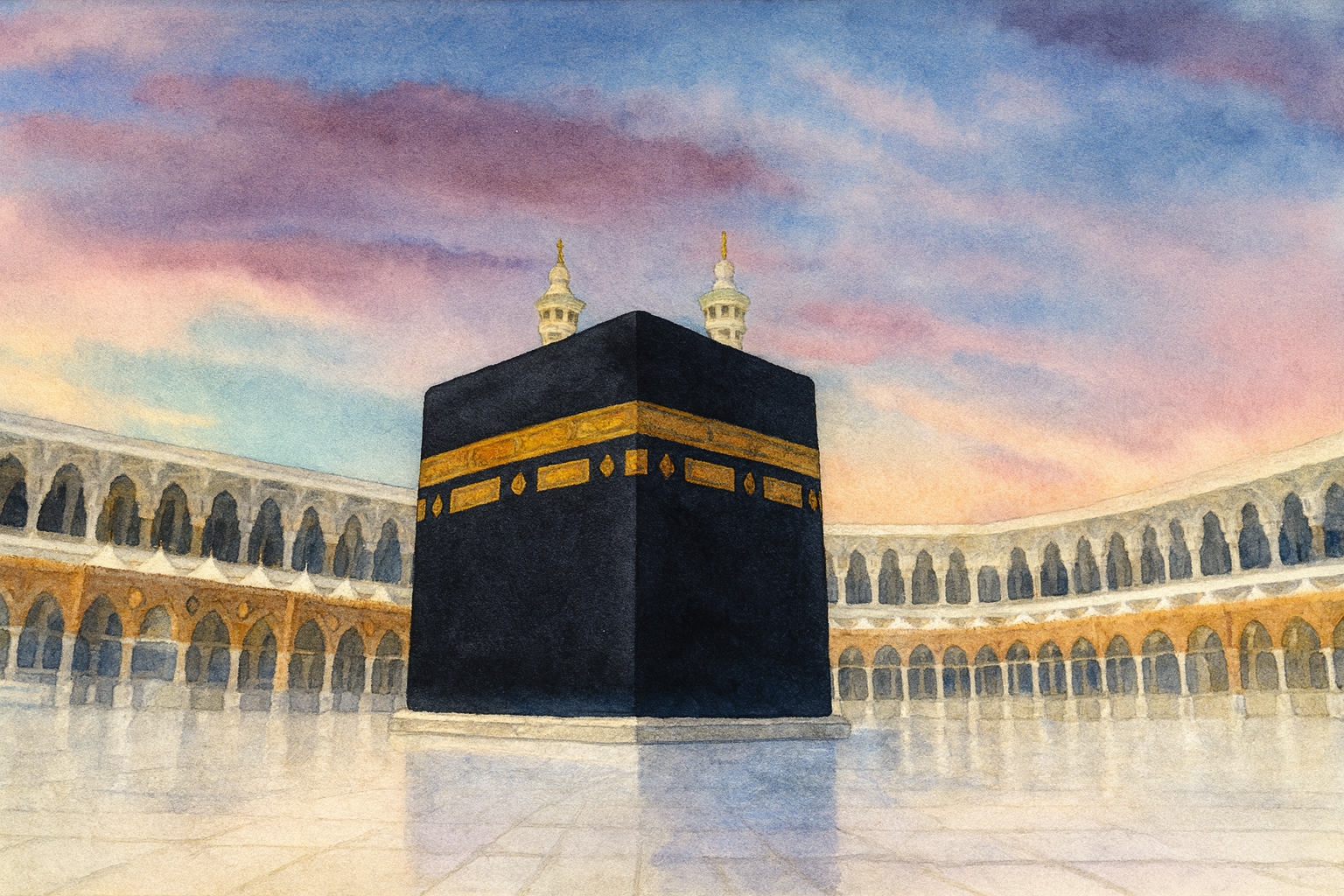
Hajj Unit Study
Hajj Unit Study
Dhu-al-Hijjah is the 12th and final month of the Islamic calendar. During this month, millions of Muslims worldwide make pilgrimage to Makkah. The rites of pilgrimage, the significance and the historical events of Prophet Ibrahim are the focus of this unit study on Hajj. Books and projects make up this unit, but a curriculum that is Waldorf inspired and similar to a unit study is also available.
Hajj Unit Study
-

Hajj Unit Study
Dhu-al-Hijjah is the 12th and final month of the Islamic calendar. During this month, millions of Muslims worldwide make pilgrimage to Makkah. The rites of pilgrimage, the significance and the historical events of Prophet Ibrahim are the focus of this unit study on Hajj. Books and projects make up this unit, but a curriculum that is Waldorf inspired and similar to a unit study is also available now.
-

How to Make Hajj Peg Dolls
Handmade toys are my favorite, and handmade toys for little Muslims to learn about Islam is even better. Today, I'm showing you how easy it is to make peg dolls to celebrate Hajj. You can use these toys to teach several aspects about Hajj or use them to teach about 'Umrah, Makkah or prayer in general.
-

Hajj Curriculum
Welcome to the Hajj Main Lesson Block. This secular unit is designed and written for all students. While we expect many Muslim families to enjoy this curriculum, it is written for people of all faiths as well as those who do not associate with a faith or religion.
-

Lesson 1: Muhammad (PBUH) | Hajj Main Lesson Block
The story of Muhammad (PBUH), and his time in devotion before prophethood. This is part of the paid video course. This is Lesson 1 of 20 lessons which include a written curriculum and video presentation.
-

DIY Historic Kaaba
Using a silicone mold and plaster of Paris, we constructed this mini replica of a Ka’aba. This is for educational purposes only. We used popsicle sticks for the roof and opted not to make the iconic black velvet covering embroidered with Qur’an. But maybe in the future we can, you maybe you can!
Hajj Unit Study
Dhu-al-Hijjah is the 12th and final month of the Islamic calendar. During this month, millions of Muslims worldwide make pilgrimage to Makkah. The rites of pilgrimage, the significance and the historical events of Prophet Ibrahim are the focus of this unit study on Hajj. Books and projects make up this unit, but a curriculum that is Waldorf inspired and similar to a unit study is also available now.
I introduced the Hajj Unit Study I am developing and the resources that inspired it. This unit is designed for all audiences and will eventually be available as a complete curriculum, created in collaboration with other homeschoolers and curriculum writers. I explained that the materials I’m using are primarily Muslim-authored resources, as I have found that many secular options lack the depth, cultural understanding, or quality that I prefer for teaching topics related to Islam. My goal was to share the books and materials that form the foundation of this unit, discuss their strengths and weaknesses, and explain how non-Muslim educators could adapt them for their own use.
I began by highlighting a few books that have been part of our homeschool library for many years. The first was Tell Me About Hajj by Saniyasnain Khan, published by Goodword Books. This title is part of a larger “Tell Me About” series that includes stories of other prophets and important figures. I love these books because they blend narrative storytelling with nonfiction information, supported by beautiful illustrations and occasional photographs that show what modern locations look like today. Along the margins, there are captions that give additional facts about geography, history, or context. I prefer to read the story straight through and then return to those side notes for deeper study. Although the book could be used with lesson plans or written activities, I mostly use it as a read-aloud selection, followed by oral narration and illustration rather than worksheets or quizzes.
Next, I discussed a book that I have mixed feelings about. It was published in 2002 and was one of the few Islamic resources available when I began homeschooling. While it includes Waldorf-inspired activities and seasonal celebrations, some content does not align fully with Islamic principles, and readers should approach it with care. I mentioned that understanding Islam is diverse, and scholars may hold differing interpretations, so it is important to cross-check any questionable information. Even with its flaws, this book helped me visualize how to integrate Islamic stories and celebrations into a creative, hands-on educational approach, especially in my early homeschooling years when there were limited resources available.
I also talked about The Prophets of Allah series by Iqra International Education Foundation, which consists of five volumes. These books focus on the lives of earlier prophets, such as Prophet Ibrahim and Prophet Ismail, who are central to understanding Hajj. While the stories occasionally include interpretations or embellishments that go beyond what is found in the Qur’an, I still find them valuable. I explained that I make small edits when wording feels too humanized or imprecise, and I appreciate how the illustrations are respectful of Islamic traditions by avoiding detailed depictions of human faces. These books provide a strong historical and religious foundation, and they help children connect the lineage of prophets to the events of Hajj.
After reviewing long-time favorites, I moved on to newer books recommended by my co-author for this curriculum. These included The Sacrifice of Ismail, I Am Hajj, Tales of the Prophets: Prophet Ibrahim and Prophet Yusuf, Young Explorers: Adventures in Mecca, and Going to Mecca. Each book varies in style, age level, and presentation. The Sacrifice of Ismail and I Am Hajj are beautifully illustrated picture books ideal for younger children, while Young Explorers: Adventures in Mecca reads more like an academic text with photographs, lessons, and questions that could suit older students. Tales of the Prophets and Going to Mecca both provide engaging stories, though I prefer illustrations that are symbolic rather than lifelike. These books demonstrate the growing diversity in Islamic educational publishing and allow homeschoolers to tailor lessons to the needs of mixed-age families.
Finally, I shared several hands-on projects that accompany our Hajj unit. One of the most exciting is a miniature model of the Kaaba and surrounding sites, created with oven-bake polymer clay. I also showed peg dolls representing pilgrims, which we made years ago, and discussed ways to ensure the project remains respectful of Islamic teachings. The children will use these models to learn about the stages of Hajj through tactile, play-based exploration. I closed by reminding viewers that the full list of books, projects, and tutorials is available in the accompanying blog post and playlist. My hope is that families can use these resources to create a meaningful, multi-year exploration of Hajj, combining faith, art, storytelling, and hands-on learning in a way that honors both tradition and creativity.
I’m preparing this curriculum with baobab homeschool chronicles.
Buyer’s Guide
Affiliate links used on this page
How to Make Hajj Peg Dolls
Handmade toys are my favorite, and handmade toys for little Muslims to learn about Islam is even better. Today, I'm showing you how easy it is to make peg dolls to celebrate Hajj. You can use these toys to teach several aspects about Hajj or use them to teach about 'Umrah, Makkah or prayer in general.
This kit is not available yet! But if you want to be first to know when it does become available, you can sign up for my mailing list here:
You can find the peg dolls, felt and paint at A Child’s Dream.
Hajj Curriculum
Hajj Main Lesson Block curriculum is a 4 week curriculum that is story based for grades KG-grade 6 that is intended and written for all audiences.
Each lesson comes with story content, illustrations and suggested narration.
Lesson Plans included.
Curriculum is 136 pages, includes 20 lessons for a 4-week unit (may be used for 8-week unit)
Hajj Bundle
Hajj Curriculum
Hajj Video Series
Hajj Lesson Plans
Welcome to the Hajj Main Lesson Block. This secular unit is designed and written for all students. While we expect many Muslim families to enjoy this curriculum, it is written for people of all faiths as well as those who do not associate with a faith or religion. Given that this unit is written with the non-Arabic speaker and non-Muslim in mind, Arabic words will be written in transliteration and translation. While Quranic ayat (verses) and hadith (prophetic traditions) are mentioned, this unit is not religious studies; rather, verses are mentioned as part of the lesson and to give context to the lesson. Some information may seem basic or redundant to the Muslim family, but it is included for completeness of the unit.
Lesson 1: Muhammad (PBUH) | Hajj Main Lesson Block
The story of Muhammad (PBUH), and his time in devotion before prophethood. This is part of the paid video course. This is Lesson 1 of 20 lessons which include a written curriculum and video presentation.
DIY Historic Kaaba
Using a silicone mold and plaster of Paris, we constructed this mini replica of a Ka’aba. This is for educational purposes only. We used popsicle sticks for the roof and opted not to make the iconic black velvet covering embroidered with Qur’an. But maybe in the future we can, you maybe you can!
While working through our West Africa main lesson block, we learned about Mansa Musa and his great pilgrimage to Makkah to perform Hajj. He is reportedly the wealthiest man in recorded history and carried so much gold to give as charity that he crashed the markets in Egypt with in the influx of gold. This was in the 14th century at a time when Europe was still experiencing its Dark Ages. To see the rest of the world prosper, gain wealth and knowledge and make great discoveries in science and medicine was a stark difference from what was transpiring in Europe. I’m disappointed that the Middle Ages is focused on Europe as if the rest of the world didn’t exist. In fact, because of the Silk Road, travel and trade, there was much exchange of goods, ideas and resources. While studying the rest of the world during the Middle Ages, we came up the empires of Ghana, Mali and Songhai. While learning about these, we discovered the wealthiest man, Mansa Musa, and his massive caravan to Makkah.
For our main lesson block on West Africa and the empire of Mali and the leader Mansa Musa, we collected a number of resources to use. What we couldn’t find, we hands-on kits and projects for with to supplement our unit. As a result, I repurposed a Medieval castle building kit to make our replica model of the Kaaba. While I’m pleased with our ingenuity and creativity, I’m not super pleased with the end result. Our Kaaba doesn’t look like the Kaaba. It’s quite plain in our attempt to recreate a historically accurate depiction of what the Kaaba might have looked like in the 1300s. We did cut a piece of black T-shirt material to drape over the top, but that looked worse. I also wanted to put the Black Stone on the southeast side of the Kaaba, but didn’t find a way of recreating the encasement. We chose a limestone color for our bricks, but they may have been more grey. We used a brick mold from our castle kit and undyed plaster of Paris. We stained popsicle sticks for the roof and made our door with them as well. In the end, I’m glad we made it, but I wish there was a pre-made kit available with more historically accurate supplies.
Check out the complete Ibn Battuta and North Africa Unit Study playlist, the China Unit Study playlist, the Silk Road Unit Study playlist, the Islamic Empire Unit Study playlist, and the Marco Polo & Genghis Khan Unit Study playlist as all these unit studies work well together.















